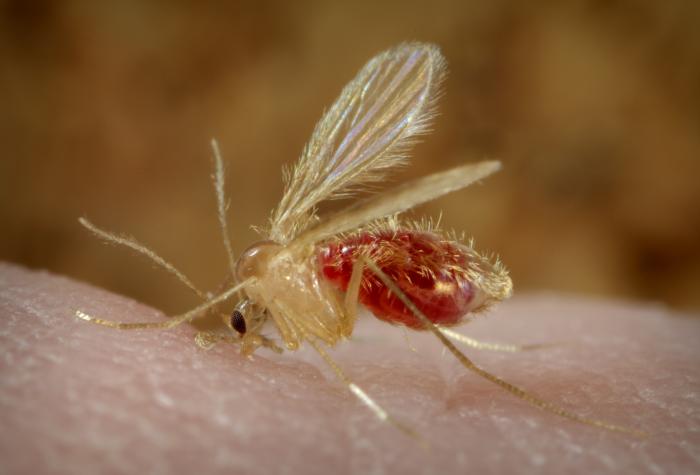The Libya Health Ministry says that the country has seen some 5,000 cases of the parasitic disease, leishmaniasis in the past six months, according to a media account.

“There are currently 5,000 patients who are being treated,” said Ahmad al-Qarari, who heads the centre for disease control at the health ministry of Libya’s UN-backed unity government.
Leishmaniasis is caused by the protozoan leishmania parasites, which are transmitted by the bite of infected female phlebotomine sandflies – flies that are three times smaller than a mosquito. According to the World Health Organization, there are an estimated 700,000 to 1 million new cases annually, and they cause 20,000-30,000 deaths each year.
There are three main forms of leishmaniasis: cutaneous, visceral or kala-azar, and mucocutaneous.
Cutaneous and mucocutaneous leishmaniasis affects the skin and mucous membranes. Skin sores usually start at the site of the sandfly bite. In a few people, sores may develop on mucous membranes.
Systemic, or visceral, leishmaniasis affects the entire body. This form occurs 2 – 8 months after a person is bitten by the sandfly. Most people do not remember having a skin sore. This form can lead to deadly complications. The parasites damage the immune system by decreasing the numbers of disease-fighting cells.
- Philippines health and disease updates: Measles, dengue, rabies and ‘sin taxes’
- Washington: 3 additional measles cases confirmed in Clark County
- Philadelphia: 7 mumps cases reported at Temple University
- Infectious disease news: Top 5 posts for the week Feb. 23- Mar. 1
- Canada salmonella outbreak rises to 555
- Palau dengue update: 3 additional cases in past week


